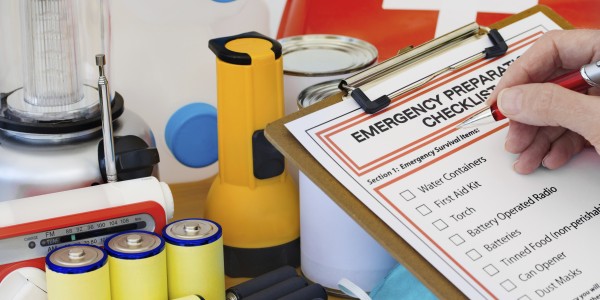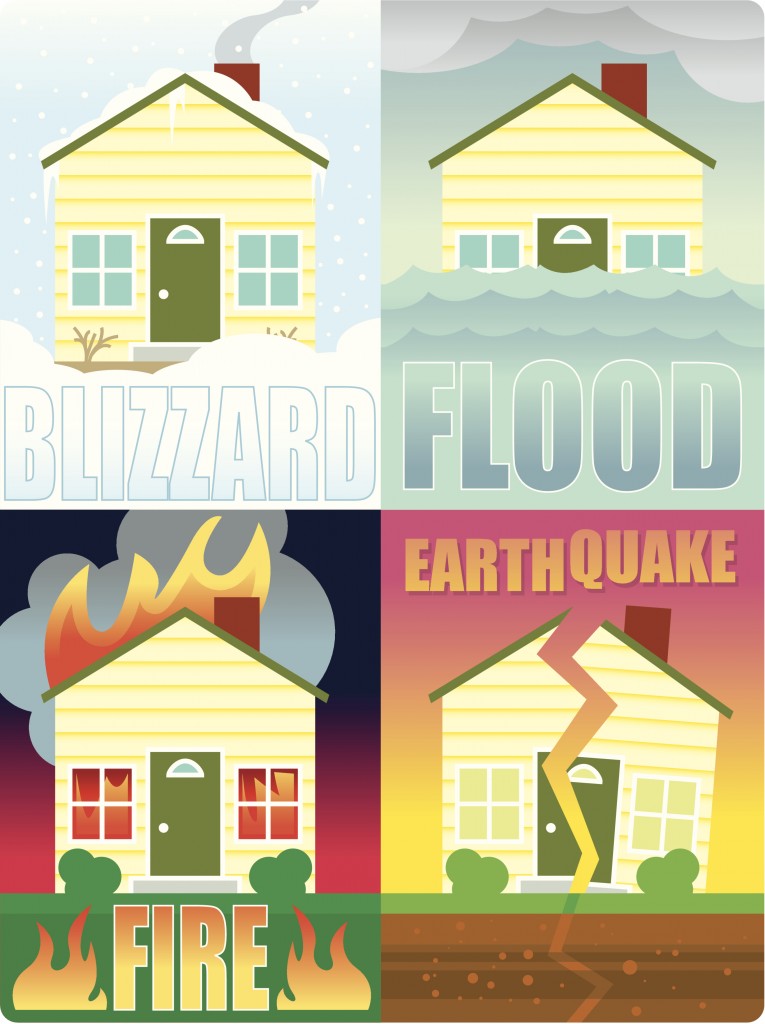The Responder: Emergency preparedness – the basics
Every year at this time, public safety and emergency management organizations across Canada take this opportunity to do public outreach and remind citizens of the importance of personal emergency preparedness.
Preparing for an emergency is everyone’s responsibility. Responders will be busy and might not be available for at least 3 days (72 hours. Take the time now to learn these simple steps about personal emergency preparedness.)
Know the risks
Although the consequences of disasters can be similar, knowing the risks specific to our community (like floods, earthquakes, storm surges, widespread power outages, environmental accidents such as chemical spills) can help us better prepare.
Make a plan
Every household needs an emergency plan. It will help you and your family know what to do if disaster strikes. You should practice what to do in different emergency situations.
Identify safe spots in each room in your home. Move or secure objects that could fall and injure you such as bookcases, plants, mirrors, lamps, etc. Keep heavy items on lower shelves. Affix paintings and other hanging objects securely so they won’t fall off.
Get an emergency kit
During an emergency, you may need to get by without power or tap water. Be prepared
to be self‐sufficient for at least 72 hours in an emergency. Have the following prepared:
- Three Day Supply of Water
- Battery Operated or Wind‐Up Radio
- Pocket Knife
- Extra Set of Keys
- Copies of Important Documents
- Non‐Perishable Food
- Flashlights & Batteries
- First Aid Kit
- Prescriptions
- Money (Bills and Coins)
Special Offer:
During the month of May F.A.S.T Limited and Braidner Survival Kits will be offering health staff 15% off emergency kits. Please note shipping options: either pick up your kit from the supplier’s office or ask the supplier to send kit(s) to your home (shipping charges will apply).
More Information
For more information about personal preparedness and developing your family plan visit
Public Safety Canada’s Get Prepared website and visit our Health Emergency Management BC Intranet Page for more preparedness articles and
the “All Hazards Workbook”.
Read this month’s The Responder – EP Week to find out more. Current and past editions of Health Emergency Management BC’s The Responder newsletter.
For more information on emergency procedures please visit the Health Emergency Management BC intranet page on VCH Connect.


